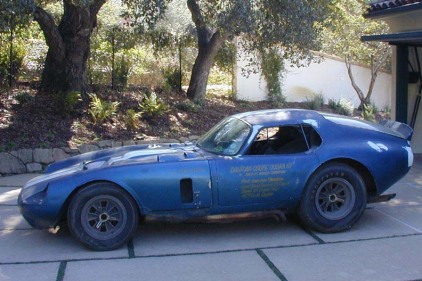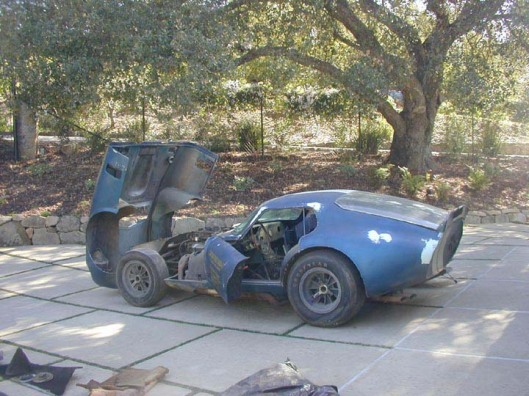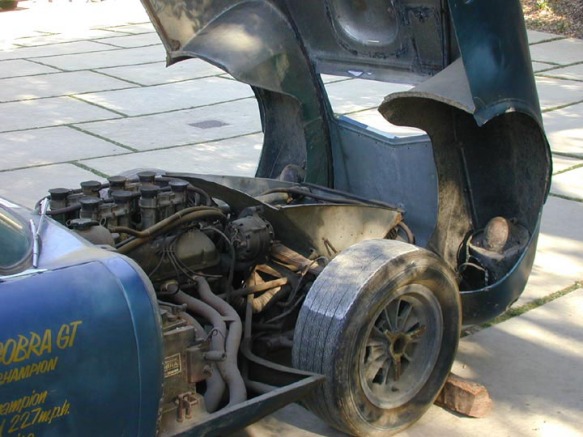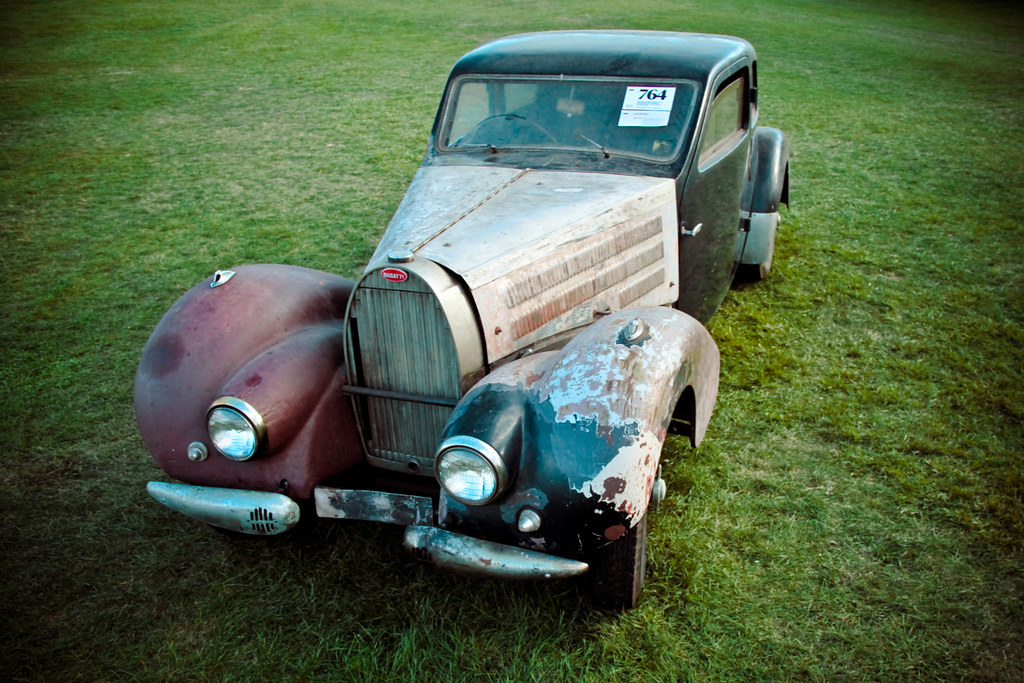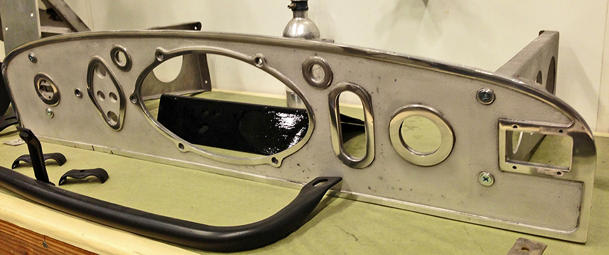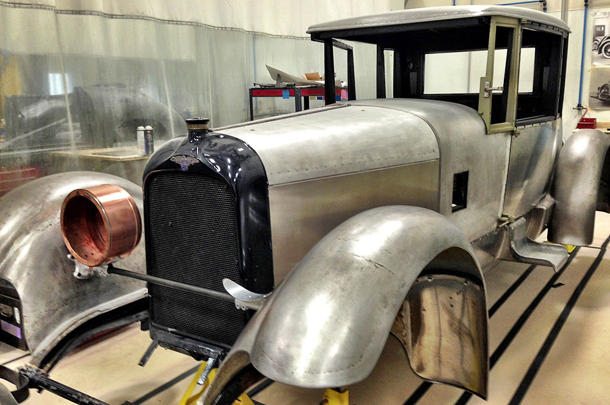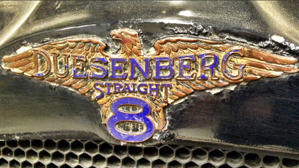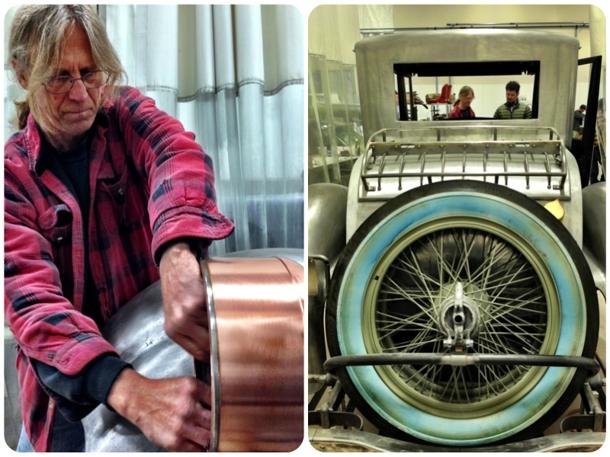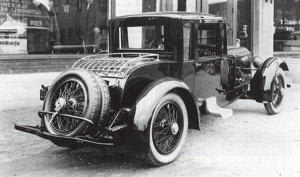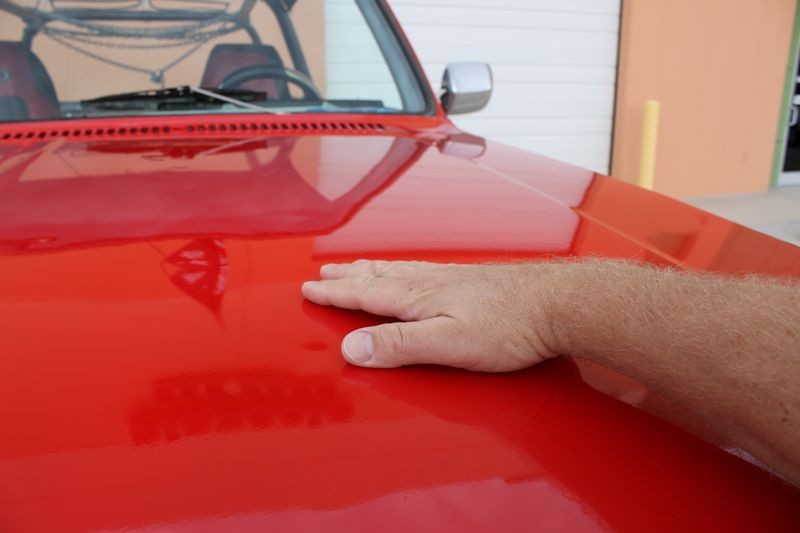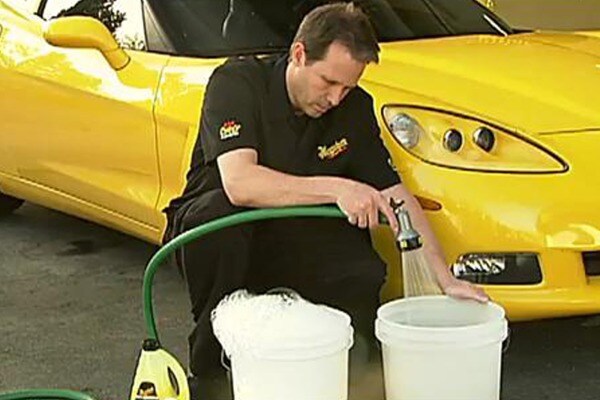
Car Washing Picture
When you wash your car, don't use normal dish soap, laundry
soap or household cleaners. They strip waxes and could damage the car's finish.
| June 18, 2012 | Meguiar's Inc.
It may seem counterintuitive, but frequently washing and
waxing your vehicle is the best way to maintain its exterior paint finish for
years to come, regardless of the constant wiping and rubbing it entails — but
only as long as you're using the right products in the correct order. All major
brands of car washes, car waxes and related detailing products are specially
formulated to work gently on the clear-coat paint finishes found on every car
built since the mid-1990s. They're ideal for removing dirt above and below the
surface, eliminating swirls and other imperfections and leaving a high-gloss
shine.
Such obsessive-compulsive labor need not be arduous,
however. While there are multiple procedures involved in washing and waxing a
car to perfection, it's not necessary to do them all at once. Some steps should
be taken weekly. Others can be employed every few months or annually. If you
want to watch some pros using the techniques described in this story, check out
the instructional videos from car-care product companies Meguiar's and Mothers.
At all times, there are some simple car wash rules to keep
in mind:
No matter which stage you're at in the car wash and wax
process, it's always best to have the car parked in a cool, shady place.
If the water you're using to wash the car is hard — meaning
that it contains a lot of minerals — it will leave spots on the paint's finish
when it evaporates. That happens more quickly in hot sunlight. And although
many modern, synthetic polymer-based car waxes are sun-friendly since they
won't dry too quickly and become difficult to remove, you'll expend less effort
if you use them on a cool surface. For best results, the car's surface should
be no more than warm to the touch.
Be sure to have a good stock of microfiber towels on hand
for washing and drying the car, and for applying and removing car wax and
related car-care products.
A microfiber towel is gentler to a car's finish than a
cotton towel or chamois, which could mar the finish, creating slight scratches
or ruts that accumulate over time. Microfiber towels require special care,
however. Wash them separately from all other laundry and especially not with
linty cotton towels. Use hot water and don't use fabric softener. Run them
through at least one additional rinse cycle in the washing machine. Then dry them
on a low-heat setting. Finally, stop using them on painted or glass surfaces
when they begin to show their age by, for example, shedding lint. Instead, use
them for polishing wheels and, later, for polishing stainless steel exhaust
pipe tips.
Keep the car's paint in showroom condition through a
four-step process: washing, cleaning, polishing and waxing.
It's important to use the correct products at the correct
stages. This will prevent unnecessary damage to your car's finish.
Washing
The most critical of the four steps is washing, which removes the loose
contaminants that gradually accumulate on the surface of the finish, creating a
gritty residue that could cause scratches in later steps if it's not removed
properly first. This requires a genuine car wash product (such as Meguiar's
Gold Class Car Wash, Mothers California Gold Carnauba Wash and Wax or Turtle
Wax ICE Premium Care Car Wash). These products are pH-balanced and formulated
to loosen and lift surface contaminants without stripping away waxes.
You should avoid normal dish soap, laundry soap and
household cleaners. They are designed to remove and dissolve grease and oil,
and they will strip away the waxes and in some instances could damage the car's
finish.
Wash the car thoroughly, working from the top down and
utilizing a lamb's wool or microfiber washing mitt. Professional car detailers
prefer these because the nap of the lamb's wool or microfiber draws the dirt
particles away from the paint. Re-dip the mitt in the bucket after each panel
of the car is washed. That cleans the mitt and ensures that you're again
working with fresh suds.
For soft convertible tops, dip a soft bristle brush in the
suds and work the dirt out of the grain using small, circular strokes. If the
top is heavily soiled or stained, use a product designed for convertible tops,
such as Meguiar's Convertible Top Cleaner. These products are pH-balanced to
safely lift dirt from cloth and vinyl tops without damaging the stitching.
Dry the car thoroughly with a soft, absorbent waffle-weave
microfiber drying towel. Do not store the top in the down position if it is
still wet, says the Haartz Corporation, a leading manufacturer of convertible
tops. Make sure the top is completely dry before storing.
Experts recommend washing a car this way weekly.
For casual touch-ups between washes, you can use a spray-on
product called a detailer (such as Meguiar's Ultimate Quik Detailer, Mothers
California Gold Showtime Instant Detailer and Turtle Wax ICE Premium Care Spray
Detailer). Detailer products slough off light surface dirt, but don't offer any
protection.
Cleaning the Gunk
Next, inspect the paint, searching for above-the-surface bonded contaminants
such as a thin film of tree sap, bird droppings or pollen and below-the-surface
defects such as swirls, oxidation caused by the sun's ultraviolet radiation or
etching from acid rain.
Lightly sweep your flat hand along the paint. If it does not
feel as smooth as glass, you have above-the-surface contaminants. A clay bar
designed for car care (such as the one included in Meguiar's Smooth Surface
Clay Kit or in Mothers California Gold Clay Bar Kit) is mildly abrasive to
shear off and remove these contaminants. It should be the first product you use
to try to remove them. Rub it over the affected area, kneading and turning it
to expose a clean area when necessary.
For below-the-surface defects, you can use a cleaner with
mild abrasives (such as Meguiar's Ultimate Compound or Mothers California Gold
Pure Polish). Use a microfiber-covered or foam applicator pad to apply it,
using small circular, overlapping strokes. Never use hard pressure.
Cleaning a section of the vehicle at a time, remove the
cleaner with a microfiber towel that you've folded into fourths. Use one side
to break up and wipe away the hazy product, then flip the towel over to a clean
side to remove any additional residue. Your paint should now feel smooth and
should be free of swirls and defects.
If upon the initial inspection you do not find any defects —
either above or below the surface — you can skip the cleaning step altogether
and go straight to polishing and waxing. However, experts say that use of a
clay bar probably will be necessary every six months.
Polishing
Polishes and glazes add luster but do not protect the finish, so using them is
entirely optional, especially since clear-coat finishes are highly resistant to
oxidation. Even years-old cars generally retain their shine today.
Nevertheless, products such as Meguiar's Ultimate Polish and
Mothers California Gold Micro-Polishing Glaze can restore the natural oils your
paint once had, making the car's surface more reflective and shiny. Using a
polish or glaze once a year may be helpful. Although light-colored paints such
as white, silver and tan may not display much change, darker colors such as
black, burgundy and navy blue will reflect light like a mirror after proper
polishing.
As you did during the cleaning process, apply the polish or
glaze by hand, using small circular, overlapping strokes with a
microfiber-covered or foam applicator pad on one section of the car at a time,
removing the polish with a microfiber towel after the product becomes hazy.
Don't allow the polish to dry completely. Trying to remove dry polish will
almost certainly result in scratches to the finish.
Waxing
For protection, you need to apply a car wax, and experts recommend that this be
done at least every three months. However, there are varieties of wax that can
be used much more frequently. If you're really obsessive, some can be used as
often as every few days.
The newest synthetic polymer-based waxes (such as Meguiar's
Ultimate Wax, Mothers California Gold Synthetic Wax and Turtle Wax ICE Premium
Care Liquid Wax) generally provide longer-lasting protection and are easier to
use in the sun than older-style carnauba-based waxes (such as Meguiar's Gold
Class Carnauba Plus Wax and Mothers California Gold Pure Brazilian Carnauba
Wax).
Normally, the newer liquid or paste waxes provide the
longest-lasting protection — usually three or four months if the car is kept in
a garage and not exposed to a harsh environment.
When applying a liquid or paste wax, you'll use the same
technique: small, circular, overlapping strokes, using a microfiber-covered or
foam applicator pad and working one section of the vehicle at a time. As in the
other steps, remove the wax with a microfiber towel that you've folded into
fourths, using one side to break the waxy surface, then flipping the towel over
to a clean side to remove any additional residue.
Spray waxes (such as Meguiar's Ultimate Quik Wax, Mothers
California Gold Spray Wax and Turtle Wax ICE Premium Care Spray Wax) are
designed for quick application but generally don't offer the same long-lasting
protection as the liquids or pastes. Experts say that spray waxes should be
used as a booster between the quarterly applications of the liquid or paste
waxes. Some car-care experts recommend using these spray waxes as often as
twice per week. Some say once a month is sufficient.
A Special Caution on Matte Finishes
Except for washing with a car wash product, nothing should be done to or
applied to a car covered in a matte paint with a flat finish, such as Mercedes-Benz's
"designo Magno" series. These matte paints also can be
cleaned in a brushless automated car wash as long as the machine does not apply
any shine agents. And as with a car that sports a glossy finish, it is
important to clean bird droppings, tree sap and other surface contaminants from
a matte paint finish immediately.
Your Car Wax Mileage May Vary
Despite their suggestions for how often owners should clean and wax, product
manufacturers won't make any firm promises for how long any of their products
will actually protect a vehicle.
"How long a wax lasts on Car A is not necessarily true
how long it lasts on Car B," says Michael Deddo, senior research chemist
at Turtle Wax in Willowbrook, Illinois. "Every car is like its own paint
canvas. Every one is different."
by Robert E. Calem



